Building data-driven models of complex systems deployed as real-time, interactive simulations to help institutions answer meaningful questions about technology and society.
Interactive Visualization
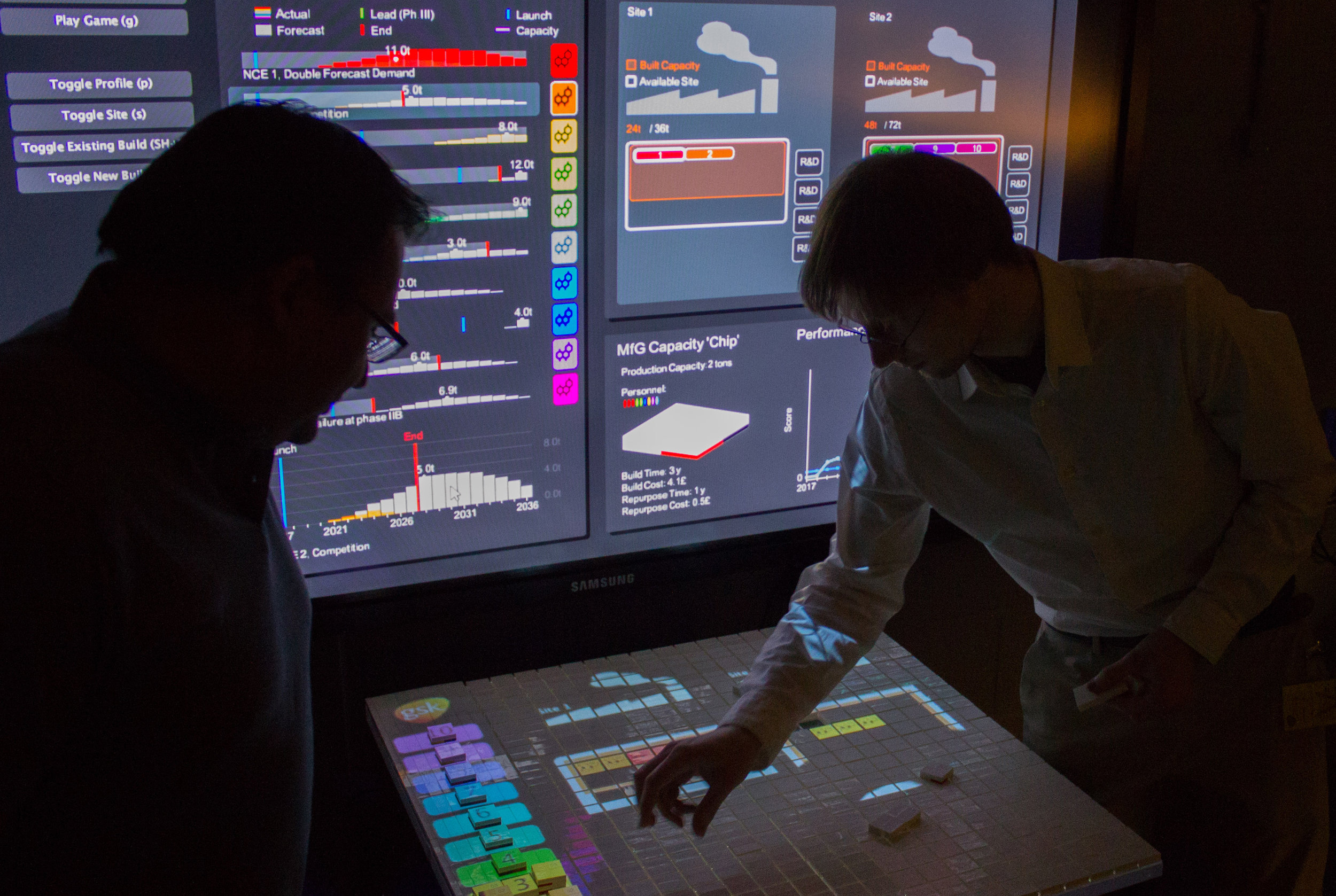
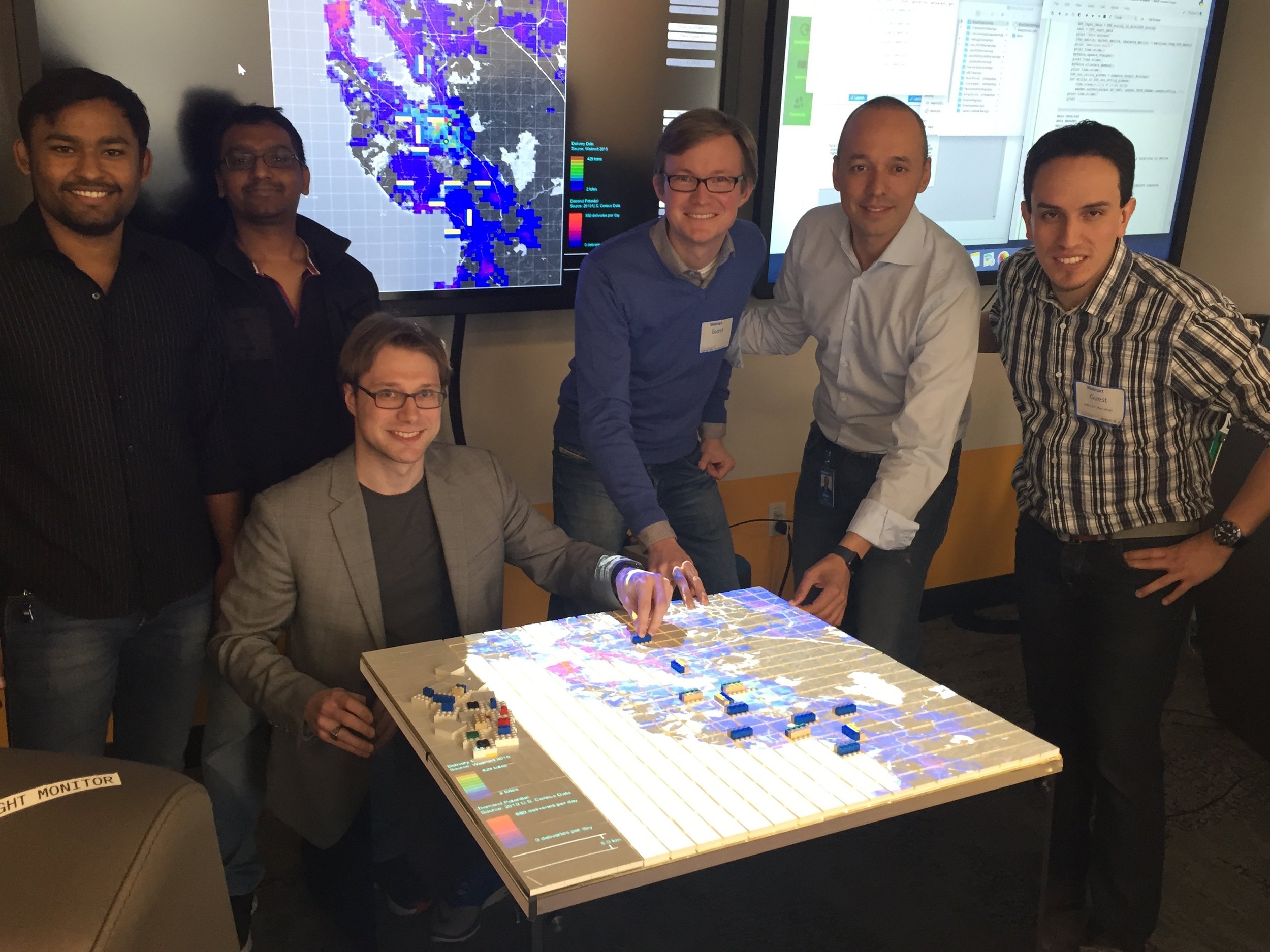
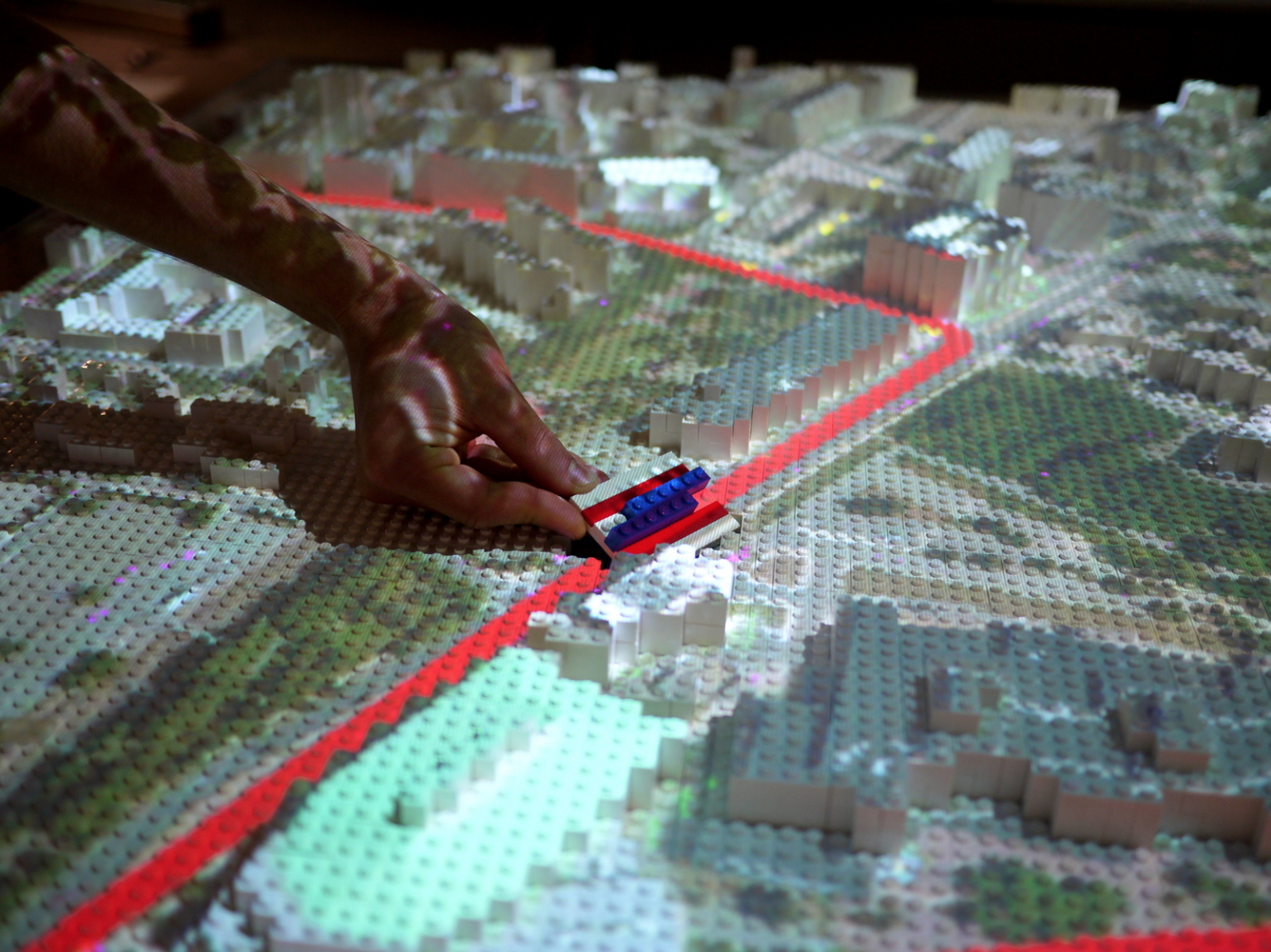
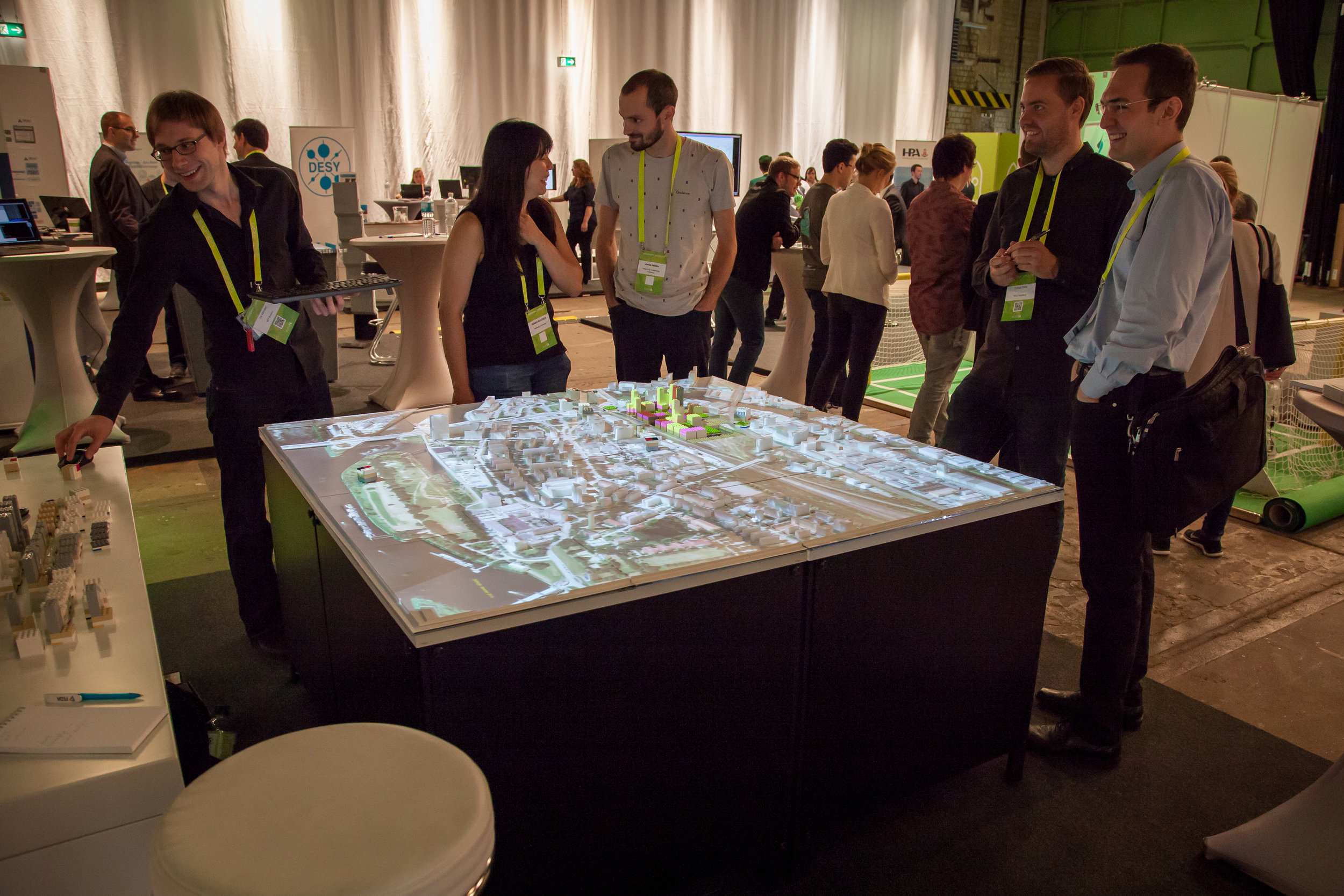
Helping stakeholders pose questions and engage.
Talk: Novel Interfaces for Collaborative Decision Making

BPU 2016
Blog
The University of Tokyo and MIT are developing tools to help people make decisions in real estate using interactive digital models. In an interactive workshop, participants will work individually (from the comfort of their own computer) to help design a mixed-use building in the hypothetical city of Beaverton.
Ira is a project researcher of RIISE, currently building interactive simulations, after working in the fields of Architecture, City Planning, and Computer Science. We talked to him about interactive simulation, a technique that allows anyone to design solutions to all kinds of technical, environmental, and social problems in the world.
Ira Winder, the Department of Urban Studies and Planning’s new Technical Instructor of Urban Science and Planning, sees a future where real-time interactive simulations of complex systems are common tools for debating meaningful topics at the intersection of society and technology.
Ira accepted an offer to join the faculty of MIT Department of Urban Studies and Planning to help build a new degree for Urban Science with Computation (11-6).
Media Lab researchers Ira Winder and Nina Lutz presented the Tactile Matrix at the IEEE-SAI Future Technologies Conference and won the award for best demonstration. The Tactile Matrix is an open source system for a machine-readable matrix of objects that performs real-time computation and dynamic projection-mapping for projects like CityScope.
I'll be discussing interactive simulation tools and methods Tuesday, October 24 from 5:00pm (EDT) at the Boston Society of Architects' Committee for Research and Innovation Design chaired by Luke Voiland and Hilary Barlow. The venue is free and open to the public. Register for the event.
Hamburg adopted the Tactile Matrix platform in a joint venture with MIT Media Lab CityScope Project and Hafencity University to plan for refugees.
After getting the flu and watching the Star Trek episode about hyper-procreative tribbles, I suddenly got the urge to model self-replicating organisms in Processing.
Tactile Matrix and other techniques were featured in Wired's review of augmented reality applications being developed at the MIT Media Lab.


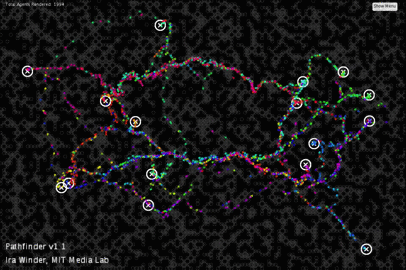

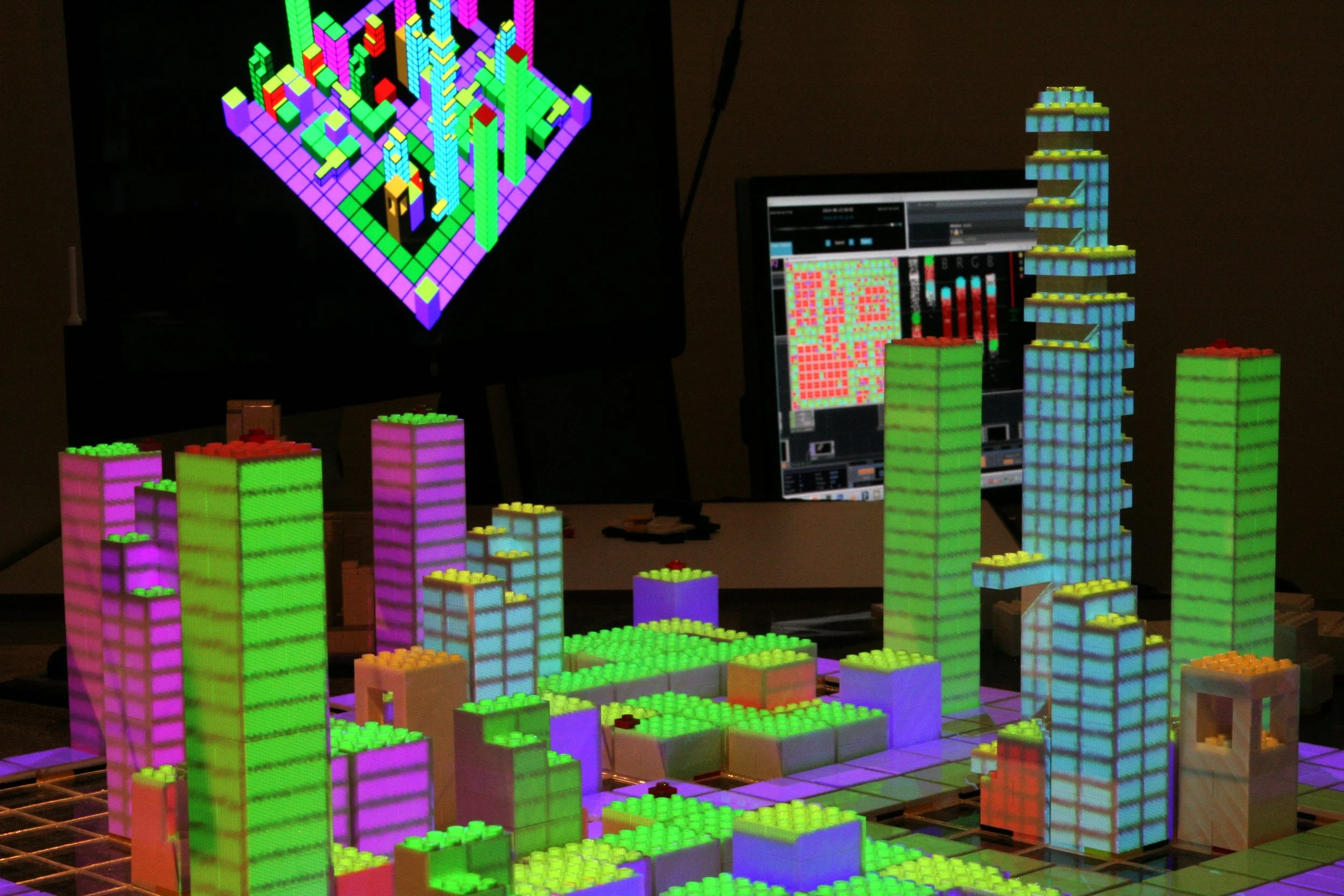







GUI3D Template contains generic GUI components that anyone might use for a 3D simulation in Processing 3. Components include navigation, zooming, rotation, control sliders, radio buttons, and the means to select objects in 3D space with a mouse.